Final Range Hood Insert Decision
p.ball2
11 years ago
Featured Answer
Comments (26)
pbx2_gw
11 years agodeeageaux
11 years agoRelated Professionals
East Islip Kitchen & Bathroom Designers · Newington Kitchen & Bathroom Designers · Ocala Kitchen & Bathroom Designers · Oneida Kitchen & Bathroom Designers · Pleasanton Kitchen & Bathroom Designers · Riviera Beach Kitchen & Bathroom Designers · South Sioux City Kitchen & Bathroom Designers · Kendale Lakes Kitchen & Bathroom Remodelers · Lakeside Kitchen & Bathroom Remodelers · Los Alamitos Kitchen & Bathroom Remodelers · Newberg Kitchen & Bathroom Remodelers · Toledo Kitchen & Bathroom Remodelers · Ham Lake Cabinets & Cabinetry · Newcastle Cabinets & Cabinetry · Liberty Township Cabinets & Cabinetrypbx2_gw
11 years agokaseki
11 years agop.ball2
11 years agopbx2_gw
11 years agop.ball2
11 years agoweedmeister
11 years agop.ball2
11 years agopbx2_gw
11 years agop.ball2
11 years agopbx2_gw
11 years agokaseki
11 years agop.ball2
11 years agopbx2_gw
11 years agoweedmeister
11 years agokaseki
11 years agojahrms
11 years agoShef Rav
11 years agop.ball2
11 years agoShef Rav
11 years agoRunnermom
3 years agolast modified: 3 years agoRunnermom
3 years agoShef Rav
2 years agokaseki
2 years agolast modified: 2 years ago
Related Stories

KITCHEN APPLIANCESWhat to Consider When Adding a Range Hood
Get to know the types, styles and why you may want to skip a hood altogether
Full Story
KITCHEN DESIGNWhat to Know When Choosing a Range Hood
Find out the types of kitchen range hoods available and the options for customized units
Full Story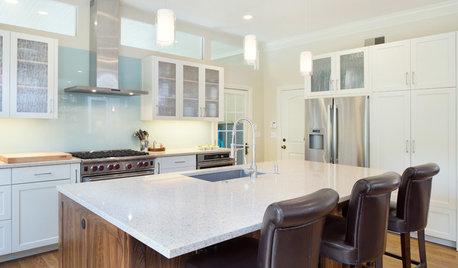
KITCHEN DESIGNModern Storage and Sunshine Scare Away the Monster in a Kansas Kitchen
New windows and all-white cabinetry lighten a kitchen that was once dominated by an oversize range hood and inefficient cabinets
Full Story
KITCHEN DESIGNHow to Choose the Right Hood Fan for Your Kitchen
Keep your kitchen clean and your home's air fresh by understanding all the options for ventilating via a hood fan
Full Story
KITCHEN APPLIANCESThe Many Ways to Get Creative With Kitchen Hoods
Distinctive hood designs — in reclaimed barn wood, zinc, copper and more — are transforming the look of kitchens
Full Story
KITCHEN DESIGNHow to Find the Right Range for Your Kitchen
Range style is mostly a matter of personal taste. This full course of possibilities can help you find the right appliance to match yours
Full Story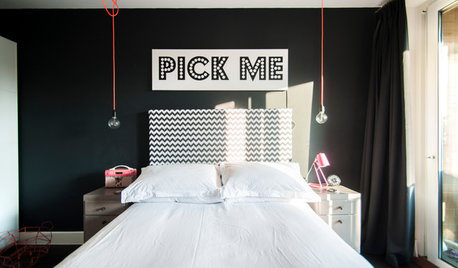
REMODELING GUIDES10 Signs You’re in the Middle of a Renovation
A renovation project allows you to choose every last detail for your home, but decision making can quickly go from ‘Ooooh’ to ‘Argh!’
Full Story
KITCHEN DESIGNA Cook’s 6 Tips for Buying Kitchen Appliances
An avid home chef answers tricky questions about choosing the right oven, stovetop, vent hood and more
Full Story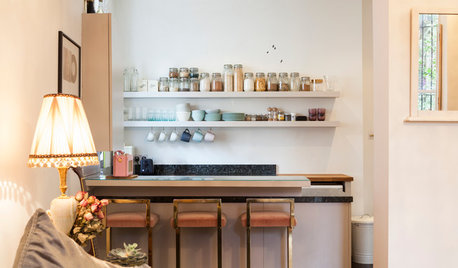
KITCHEN DESIGN12 Breakfast Bars With Coffee Shop Appeal
Give even a small kitchen a sociable vibe by inserting a stylish seating post
Full Story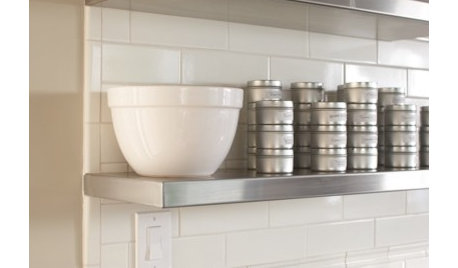
KITCHEN DESIGNHow Much Does a Kitchen Makeover Cost?
See what upgrades you can expect in 3 budget ranges, from basic swap-outs to full-on overhauls
Full StorySponsored
Columbus Area's Luxury Design Build Firm | 17x Best of Houzz Winner!
More Discussions






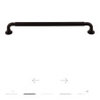
kaseki